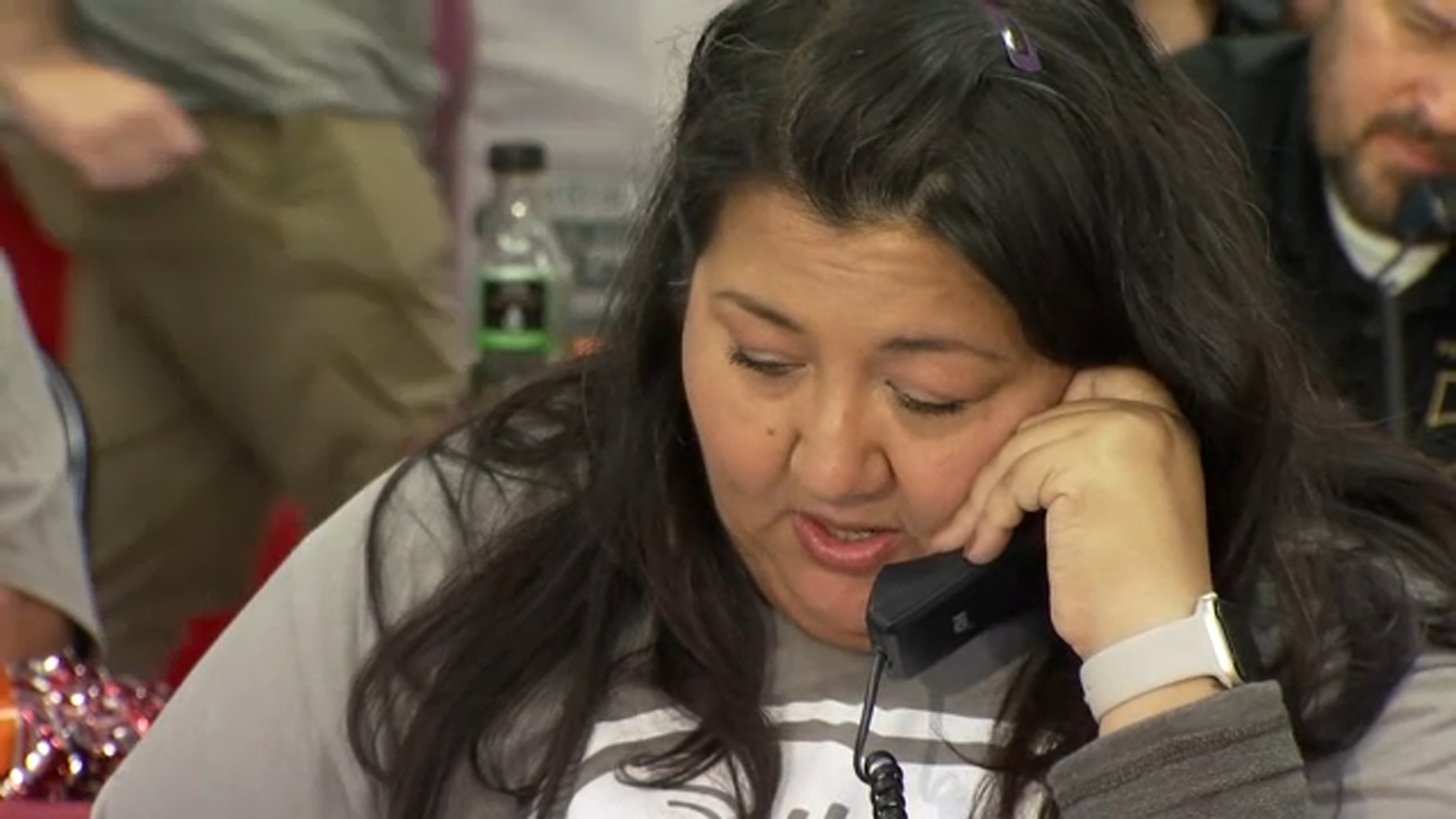Avoiding an unncessary C-section

FRESNO, Calif. (KFSN) -- Consumer Reports' latest study finds that the number of cesarean deliveries remains very high in the U.S., despite the desire of many women to have a nonsurgical birth. Women who have C-sections can find that it takes longer to recover and that it's more likely that any other children they have will also be delivered by C-section.
Consumer Reports looked into why so many women with low-risk first pregnancies end up having C-sections. Its Health Rating Center analyzed hospital data from across the country and found that the likelihood of having a C-section often comes down to the hospital where a woman delivers.
The C-section rate considered reasonable from the Department of Health and Human Resources is under 24 percent for women with low-risk first pregnancies, but many hospitals exceed that.
Even among hospitals in the same area, Consumer Reports found that rates vary widely. For example, in Riverside, Calif., the Riverside Community Hospital had a C-section rate of 35 percent. Seven miles away, the Kaiser Permanente Riverside Medical Center was able to keep its rate to 22 percent. The highest of all was at the Hialeah Hospital near Miami. Sixty-eight percent of women with low-risk first pregnancies had a C-section.
Of course there are situations when having a C-section is the safest delivery option. But for women anticipating a low-risk delivery, Consumer Reports believes that they should be encouraged to give birth without having surgery.









